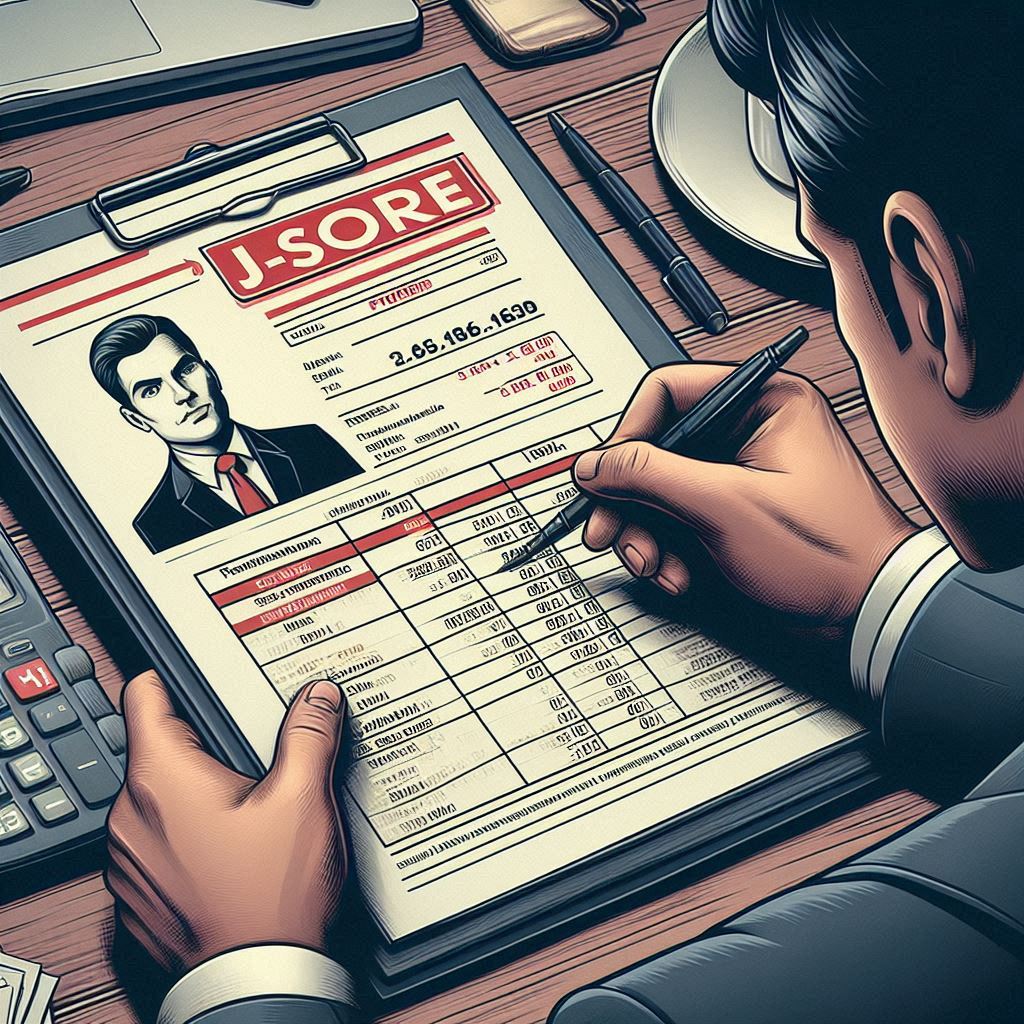Created by CA Mayur Joshi, the J-Score is a mathematical model that uses various financial ratios to identify whether a company has indulged into creative accounting. The variables are constructed from the company’s financial statements and create a score to describe the degree to which the earnings have been manipulated. In many ways, it is similar to the Altman Z-Score, but it helps in detecting creative accounting practices rather than bankruptcy.
Altman’s idea of developing a formula for predicting bankruptcy started at the time of the Great Depression when businesses experienced a sharp rise in incidences of default.
Similarly, the idea of J-Score was borne after the accounting scandal of Satyam Computers broke in the year 2009. Just before this failure, Indiaforensic, in its research paper predicted that there are 1200 companies that could be indulging in creative accounting practices.
However, it gained importance only after the failure of the Non-Banking Finance Company sector in India. The NBFC sector highlighted the limitations of the credit rating. The CEOs of two Credit rating agencies were also held responsible for the failure of credit rating agencies to identify the anomalies in the financial system.
How does the J-Score Work ?
The J-score model predicts the probability that an Indian Listed company could be indulging in creative accounting practices. The model proved to be an accurate method for predicting creative accounting on several occasions. It works the best on Indian companies. Joshi used all the companies listed on NSE. In his analysis of creative accounting, Joshi found that he could correctly identify 78% of creative accountants. The score predicted Cox and Kings, PC Jewelers as the companies indulging in creative accounting practices. It identifies Infosys, TCS, and Reliance as the companies which are nowhere close to manipulation of the books of accounts.
Altman Z-score on the other hand failed in assessing the Indian companies. Though it has identified the bankruptcy of Ruchi Soya correctly, the model fails when it scores Bajaj Finserve, Bharti Airtel, Bajaj Finance, HDFC, and HDFC Bank as potential candidates for bankruptcy. It is hard to believe that these companies would file for bankruptcy in next few years.
